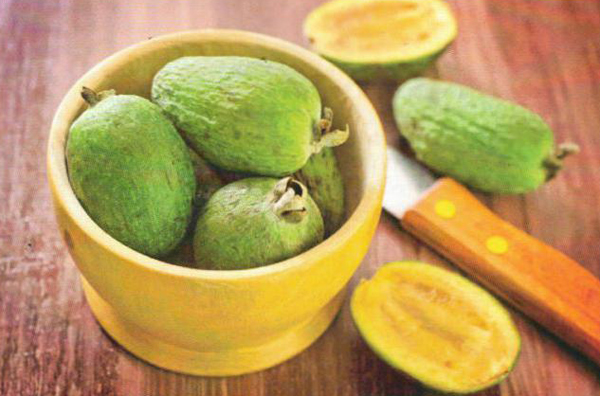Article and Photo: Mark O’Connor (Canberra Organic – Winter 2017)

In the Autumn 2017 of Canberra Organic, COGS were introduced to Mark O’Connor’s search for the ‘the best feijoa trees in Canberra’ and subsequent grafting efforts.
This year’s feijoa season is well under way with all those who gave me scions from good feijoa trees, mostly in Canberra. This project, as you’ll recall, has resulted in 39 selected new `cultivars’ (mostly named after the person who has donated them and given permission for their tree to be propagated) being planted at the Lindsay Pryor National Arboretum.
The arboretum is on the opposite side of Lake Road from the National Arboretum, and right against the cycle path that runs alongside Lake Burley Griffin. If you park in the car park on that side, next to the Lindsay Pryor open-air exhibition of Australian rock types, and walk downhill along the cycle path for about 150 metres you’ll find them on your right. These trees are still quite small, though several of them tried to fruit this year. Unfortunately they are not labelled, though there is a list kept of which is which.
Thanks again to all those who took the trouble to get in touch following articles in The Canberra Times about my project to discover and make available to the public new varieties of feijoa suitable for Canberra, and who brought round cuttings and samples of fruit. This project is not quite over but I won’t continue to spend nearly so much time on it. I’m still on the lookout for any truly exceptional or very different feijoa trees, although with so many varieties already selected the bar is now pretty high. I think the main interest is to find trees whose fruit is very early, or late, or has different or exceptional flavour, or a ripe colour other than green. (I still haven’t tasted a ripe sample of the one whose owner maintains it tastes of wild strawberries, but perhaps that will happen this season!)
So if you do come across an exceptional tree, please see if you can get the owner to give you some cuttings/scions and a sample of its fruit, and let me know. Finally, a few thoughts for those who are looking forward to their harvest this autumn. Because of dry periods this year, most unwatered trees have only small or undeveloped fruits, and probably most are still up to several weeks away from dropping their main crop. Trees also vary as to whether the fruit is ripe when it drops, or requires a few days or even a week or two of storage before it is fully ripe. I know one tree that is over-ripe when it drops.
Until a week or so back, much of the fruit that did fall was not as good as it seemed. Fruits often drop early if they have been ‘stung’ by the Queensland fruit fly, whose grubs accelerate ripening but rapidly spoil the fruit. We do get Queensland fruit fly in Canberra, and by early autumn, after multiplying through a few generations, it is quite prevalent in many gardens. By mid-autumn the colder weather makes the adults inactive, and winter frosts usually go close to elithinating them. Hence the mid-season and late feijoa crop is not normally affected. You can usually see the pin pricks, often like little black spots, on a fruit that has been stung. But from now on the only problems are rats (use bait), possums and parrots (although usually the crop is big enough to glut these).
And overall, I must say I don’t know of any other fruit-tree that gives so generously and with so little risk of us losing the crop to pests and birds. And they selfharvest too!
If you’ve any news about your feijoas this autumn, I’d love to hear it. This includes the date when they began to drop significant amounts of fruit.
